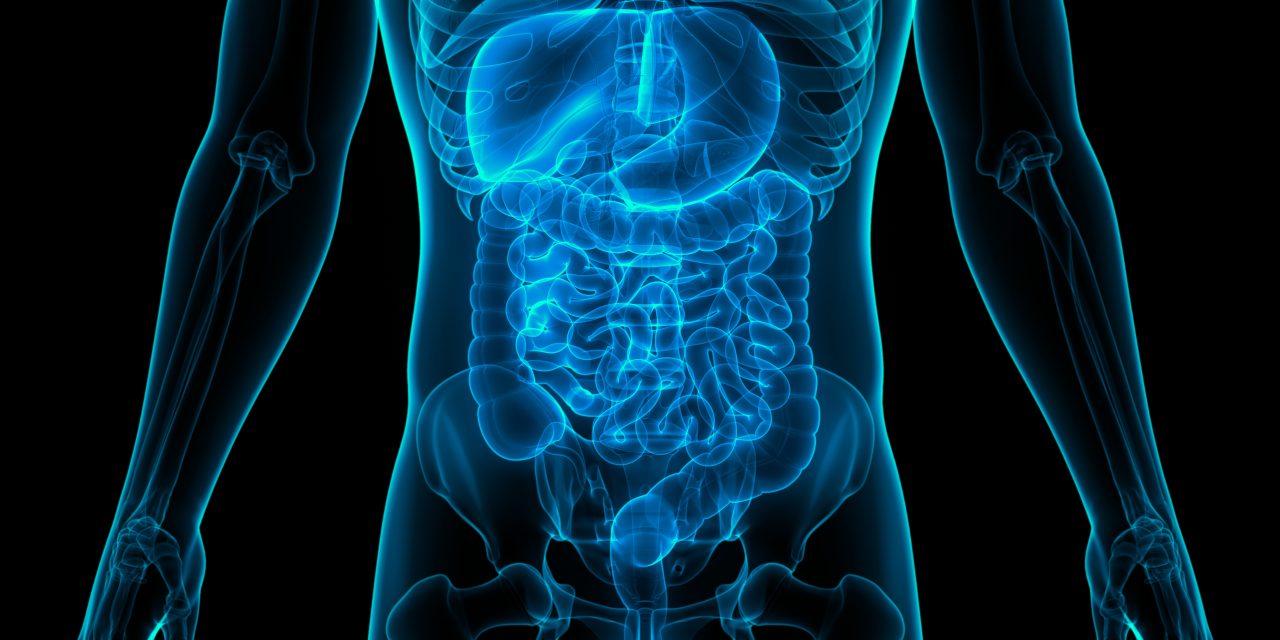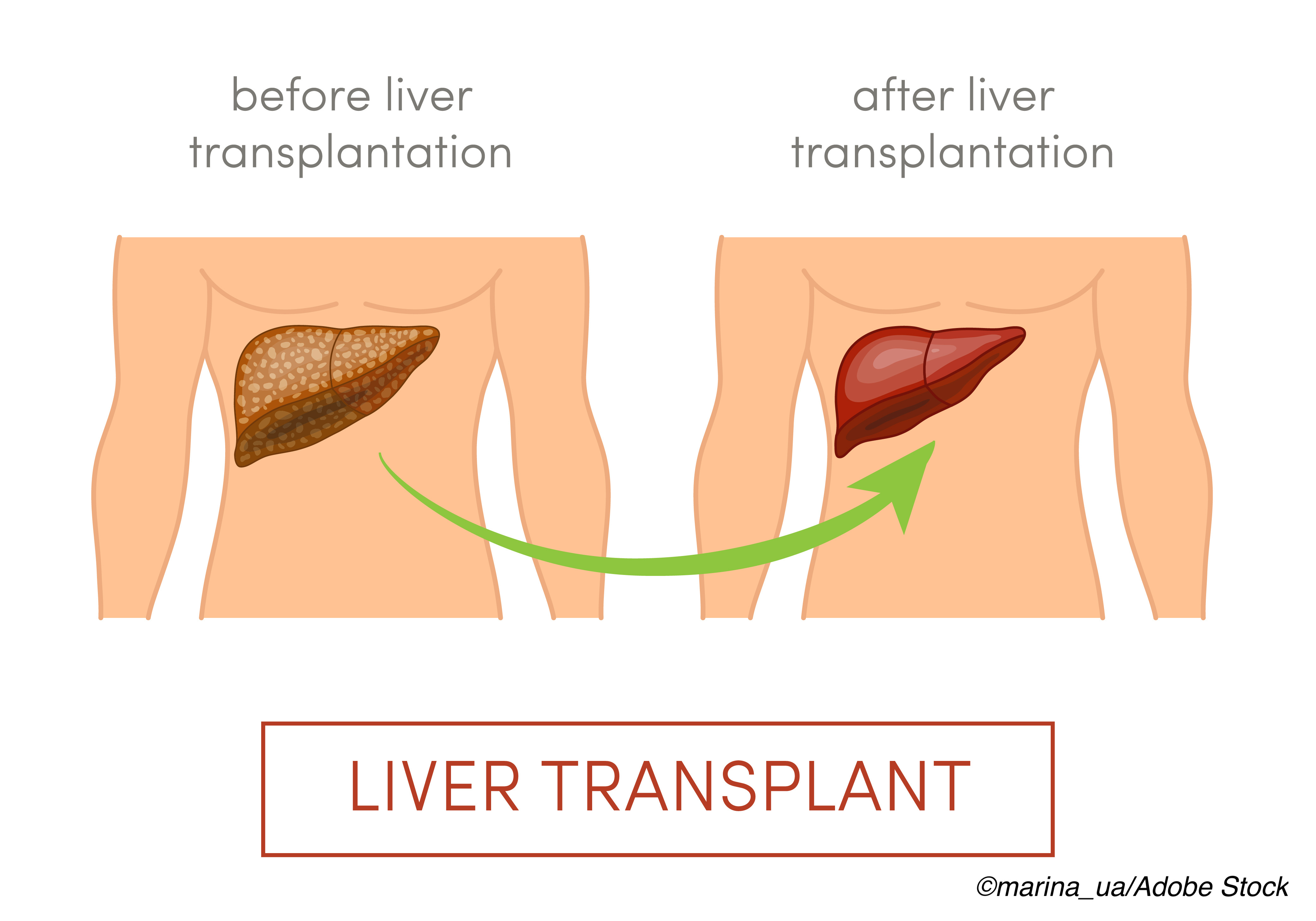The waiting list for liver transplants is long and the Americans who die on that list number in the thousands because there are too few donor organs, but machine cold perfusion may ease the supply deficit.
Organs for liver transplant come from living donors and brain-dead donors. Another source is organs harvested from donors after circulatory death (DCD), which currently make up about 25% of transplanted livers. But patients who received DCD grafts are at risk for worse outcome due to ischemia-reperfusion injury, which can result in bile-duct injury and lead to nonanastom0tic biliary strictures.
In a trial of liver transplant patients, half of whom received a hypothermic oxygenated machine perfused liver and half who received a DCD after static cold storage, Rianne van Rijn, MD, of the Department of Surgery, Section of Hepatobiliary Surgery and Liver Transplantation, at the University of Groningen in the Netherlands, and colleagues, found that only 6% of the patients who received the machine-perfused DCD livers developed nonanastomotic biliary strictures versus 16% of those in the control group (risk ratio, 0.36; 95% CI 0.14-0.95, P=0.03).
“Postreperfusion syndrome occurred in 12% of the recipients of a machine-perfused liver and in 27% of those in the control group (risk ratio, 0.43; 95% CI, 0.20 to 0.91). Early allograft dysfunction occurred in 26% of the machine-perfused livers, as compared with 40% of control livers (risk ratio, 0.61; 95% CI, 0.39 to 0.96). The cumulative number of treatments for nonanastomotic biliary strictures was lower by a factor of almost 4 after machine perfusion, as compared with control,” van Rijn et al wrote in The New England Journal of Medicine.
A NEJM deputy editor, Winfred W. Williams, MD, joined with James F. Markmann, MD, PhD, a Massachusetts General Hospital transplant surgeon, to heap praise on van Rijn et al in an editorial published with the study.
They pointed out the “incidence of symptomatic nonanastomotic biliary stricture within 6 months after transplantation was approximately two thirds lower among patients in the machine perfusion group,” and the incidence of early graft dysfunction reduced by nearly half.
“Most importantly, this approach could make more organs available for transplantation if some of the many DCD organs currently discarded could now be transplanted safely. What remains to be determined, however, is whether dual hypothermic, oxygenated low-temperature perfusion can discriminate organ quality as well as machine perfusion at physiologic temperatures. Such discrimination could be critical in determining whether warm or cold perfusion will gain broad acceptance, since the greatest benefit of machine perfusion would be to decrease the current discard rate of 3,000 livers annually,” Williams and Markmann wrote.
For the Dual Hypothermic Oxygen-ated Perfusion of DCD Liver Grafts in Preventing Nonanastomotic Biliary Strictures after Transplantation trial (DHOPE-DCD), van Rijn and colleagues enrolled 160 patients and randomized 78 to each arm (four patients did not receive transplants). The primary end point was incidence of nonanastomotic biliary strictures within 6 months, and secondary end points were graft-related or general complications.
The trial recruited middle-age patients, with a median age of 52 in the machine perfusion arm and 49 in the control arm. About two-thirds of the patients in each arm were men.
The between group difference in postperfusion syndrome “which was defined as a decrease of more than 30% in the mean arterial blood pressure… remained when [the researchers] included increased inotropic support in the definition. In line with this, the mean (±SD) serum potassium levels immediately after transplantation were lower in the machine-perfusion group than in the control group (4.1±0.7 mmol per liter vs 4.4±1.1 mmol per liter; mean difference, −0.4 mmol per liter; 95% CI, −0.1 to −0.6).”
Despite the reduced rate of biliary complications seen with machine reperfusion, the process “did not have an effect on patient or graft survival,” van Rijn et al wrote. “Given the high percentage of patients who survive after liver transplantation and the relatively low risk of graft loss, much larger trials would be needed to detect an effect on outcome measures.”
Two ongoing trials may provide that information: OCS Liver PROTECT Trial: Preserving and Assessing Donor Livers for Transplantation (PROTECT) and WPo1 — Normothermic Liver Preservation.
One factor that may determine the uptake of this technology is economic: “Costs for transplantation of a liver from a donor after circulatory death are 25 to 30% higher than those for transplantation of livers from brain-dead donors, mainly because of the higher incidence of biliary complications,” the study authors wrote. “The prevention of post-transplantation cholangiopathy may not only increase the acceptance for transplantation of liver grafts obtained from donors after circulatory death but may also make the use of machine perfusion cost-effective.”
-
Be aware that findings from the DHOPE-DCD trial suggest that use of hypothermic oxygenated machine perfusion of livers obtained after circulatory death can reduce the rate of biliary complications.
-
Note that this trial was not large enough to determine if cold perfusion can extend graft or patient survival.
Peggy Peck, Editor-in-Chief, BreakingMED™
The DHOPE-DCD trail was funded by Fonds NutsOhra.
van Rijn had no disclosures.
Markmann serves as the Protocol Chair for the Transmedics Protect Liver perfusion trial.
Williams is a deputy editor of The New England Journal of Medicine.
Cat ID: 111
Topic ID: 77,111,730,111,19,473,192,925,159,312




Create Post
Twitter/X Preview
Logout